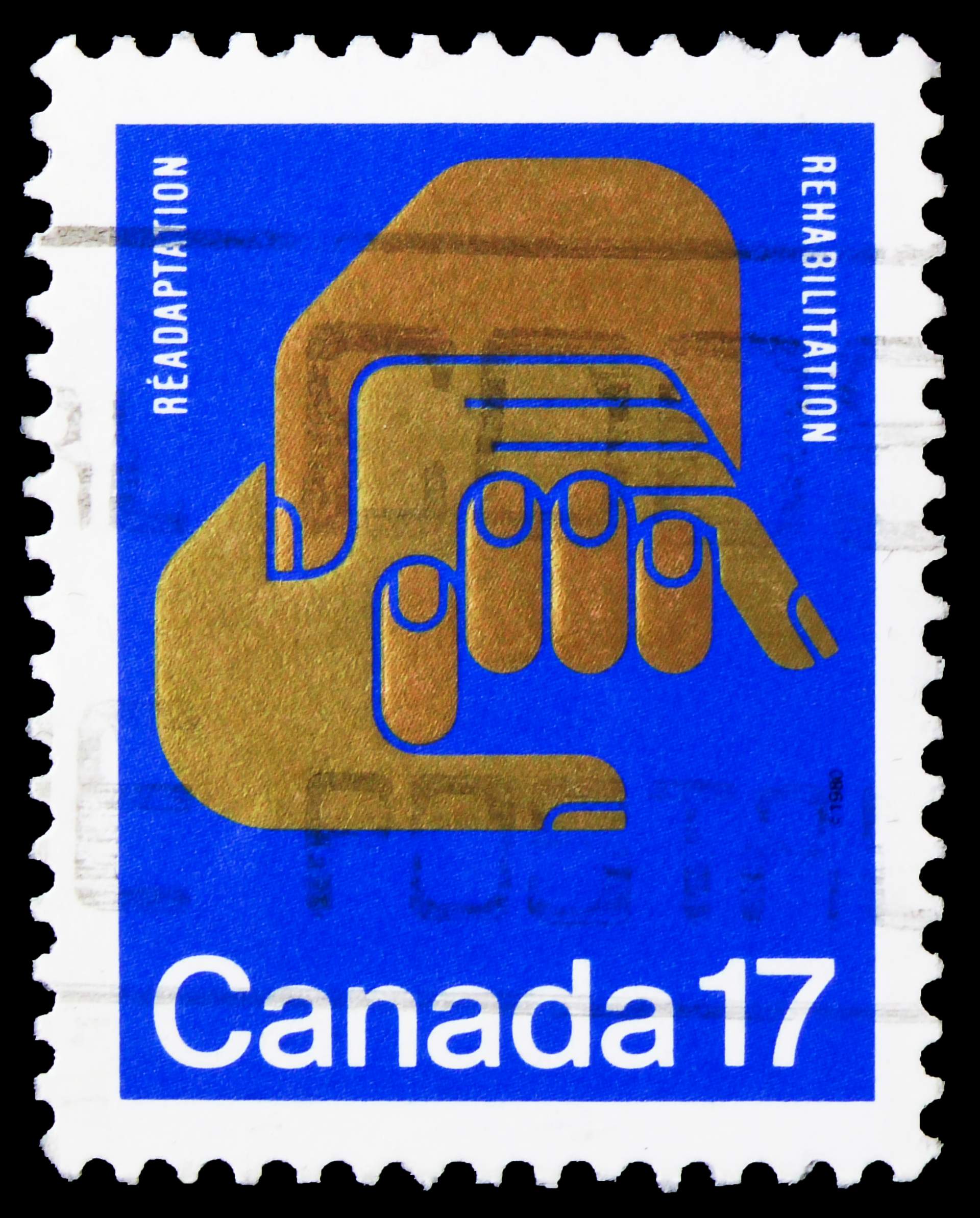Inheriting assets from a loved one can be a bittersweet experience. But what about inheriting…

How Much Debt Can We Handle?
Part 1
Trans Union, one of the largest Credit Reporting Agencies in Canada, released a report this week informing the public that debt levels are rising, but we are managing okay. Sounds good, but, what does it mean?
The short answer: I don’t know.
How much debt people can handle, manage, or afford is really quite complex. Is it $25,000? $50,000? $100,000?
To answer these kinds of questions we need to know a lot more about the person’s financial situation before offering any sort of professional opinion. For example, we need to know the monthly and annual net income. At exactly the same time, we need to know the monthly and annual expenses. We can’t begin to decide how much debt you or anyone else can handle without answering these questions.
Now, the issue of monthly and annual expenses is not so simple either. Very soon into any kind of analysis we will need to ask other questions like, is this expense really necessary, or is the amount for rent, or gas, or entertainment reasonable?
This is the hardest part of answering the debt question, how much debt can you handle? You must or should have all of your necessary expenses covered by your net income. You have to know how much you can afford for rent, for food and all of the other expenses. And guess what? Most people don’t know how much is realistic or reasonable. They have not researched their expenditures in any objective statistical way or comparative basis with similar income groups.
By the way, there isn’t a whole lot of places to find this kind of information. Statistics Canada publishes an annual review of household expenditures that lists a number of expenditures.
| Average household expenditure, by province (Canada) |
||
|
2015 |
2016 |
|
|
$ |
||
| Total expenditures |
71,282 |
73,457 |
| Total current consumption |
53,724 |
55,151 |
| Food expenditures |
7,823 |
7,795 |
| Shelter |
14,997 |
15,198 |
| Principal accommodation |
13,598 |
13,991 |
| Other accommodation |
1,399 |
1,208 |
| Household operation |
3,846 |
4,135 |
| Household furnishings and equipment |
1,957 |
2,027 |
| Clothing and accessories |
3,455 |
3,360 |
| Transportation |
11,059 |
11,229 |
| Health care |
2,214 |
2,211 |
| Personal care |
936 |
1,082 |
| Recreation |
3,576 |
3,711 |
| Education |
1,152 |
1,216 |
| Reading materials and other printed matter |
198 |
221 |
| Tobacco products and alcoholic beverages |
1,198 |
1,199 |
| Games of chance |
147 |
166 |
| Miscellaneous expenditures |
1,167 |
1,602 |
| Income taxes |
11,936 |
12,442 |
| Personal insurance payments and pension contributions |
4,013 |
4,191 |
| Gifts of money, alimony and contributions to charity |
1,609 |
1,673 |
Many comments flow freely from experts and people alike about this chart on family expenses. In summary, the report suggested that the average Canadian spent $73,457 in 2011 on family expenditures.
First question, what happens if your income is less than $73,457? Do you starve or go without?
Second question. Are all of these expenses necessary?
Third question. The chart almost raises more questions than it answers.
For example, rents and housing costs vary tremendously between the large urban centres of Vancouver and Toronto and other smaller urban/suburban and rural areas. Does this average actually help us figure out what we can afford and what is reasonable to spend on rent or housing?
Health care is another expense that lacks clarity and definition. So many variables enter into this one such as age, those with or without employer-employee benefits, and so on.
Tobacco and alcohol are yet another category of expense that does not apply to all individuals or families. Also, we now have Cannabis!
That said, the good news about the Stats Can chart of household expenditures is this. It gives us a neutral platform that only claims to represent what people spend their money on. It doesn’t say whether or not the expenses are essential, reasonable, or affordable. It does give us a point of reference.
The absence of a column for creditor payments in the Stats Can chart is simply inaccurate as most people from middle and lower-income groups must pay monthly creditor payments, including mortgage payments for homeowners.
_____________________________________________________________________________________
A second neutral source for family expenditures comes from the Office of the Superintendent of Bankruptcy that is derived from the Low Income Cutoffs (LICO) released by Statistics Canada. The Superintendent uses the before-tax LICO for urban areas with 500,000 people and over. The 2019 standards are updated by adding to the 2017 LICO, the 2018 Consumer Price Index (CPI) (1.50%) plus a 1.80% adjustment reflecting the 2018 CPI expectation.
For example, in the following chart, a single person is allowed $2006 per month for family expenses before they must pay their creditors (in bankruptcy).
Superintendent’s Standards – 2013
|
Superintendent’s Standards – 2013 |
||||||||||||||||||
|
Persons |
S ($) |
Family Unit’s Available Monthly Income ($) |
||||||||||||||||
|
2206 |
2406 |
2606 |
2806 |
3006 |
3206 |
3406 |
3606 |
3806 |
4006 |
4206 |
4406 |
4606 |
4806 |
5106 |
5606 |
|||
|
1 |
2006 |
200 | 400 | 600 | 800 | 1000 | 1200 | 1400 | 1600 | 1800 | 2000 | 2200 | 2400 | 2600 | 2800 | 3100 | 3600 | |
|
2 |
2497 |
0 | 0 | 0 | 309 | 509 | 709 | 909 | 1109 | 1309 | 1509 | 1709 | 1909 | 2109 | 2309 | 2609 | 3109 | |
|
3 |
3070 |
0 | 0 | 0 | 0 | 0 | 0 | 336 | 536 | 736 | 936 | 1136 | 1336 | 1536 | 1736 | 2036 | 2536 | |
|
4 |
3728 |
0 | 0 | 0 | 0 | 0 | 0 | 0 | 0 | 0 | 278 | 478 | 678 | 878 | 1078 | 1378 | 1878 | |
|
5 |
4228 |
0 | 0 | 0 | 0 | 0 | 0 | 0 | 0 | 0 | 0 | 0 | 0 | 378 | 578 | 878 | 1378 | |
|
6 |
4768 |
0 | 0 | 0 | 0 | 0 | 0 | 0 | 0 | 0 | 0 | 0 | 0 | 0 | 0 | 338 | 838 | |
|
7+ |
5309 |
0 | 0 | 0 | 0 | 0 | 0 | 0 | 0 | 0 | 0 | 0 | 0 | 0 | 0 | 0 | 297 | |
The Superintendent’s Standards (“S”)
However, this chart does not break down the expenses into categories.
In both cases, Statistics Canada Household expenses and the Superintendent’s Standards for surplus income in bankruptcy, we obtain valuable and neutral information about how much we (could or should) spend our incomes on. We still don’t really know what is considered necessary monthly family expenses and what would be considered reasonable amounts to spend on them.
Unfortunately, Trans Union’s declaration that we are managing or handling our debt levels lacks any substantive information other than delinquency rates.












